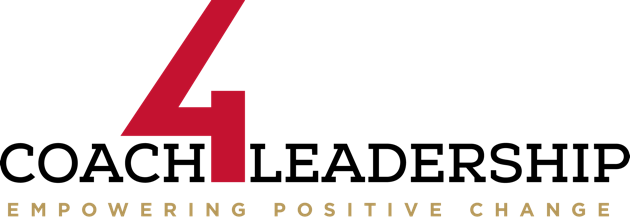
I don’t know about you, but it’s pretty easy for me to get bogged down in details. In this whole area of emotional intelligence (S+EI), one can easily lose sight of the forest for the trees. What helps me “get a grip” and not lose sight of the big picture is to…well, take a look at the Big Picture! Once I have that, I can better understand the details, their importance and how they relate to each. I’ve discussed S+EI in terms of intelligence types, the business case for it, the importance of empathy, and other reasons leaders should care about it and how they can leverage it. The more I thought about it, the more I realized it would probably be helpful to get above tree-top level and take in the big picture before going any further. So what follows is the Big Picture of S+EI from where I sit (mostly viewed from the lens of Dan Goleman’s book Primal Leadership).
Daniel Goleman’s original model of emotional intelligence (S+EI) consisted of 5 domains that encompassed 25 specific competencies. He since simplified that model to 4 categories or domains that encompasses 18 specific competencies instead of 25. Empathy originally was it’s own domain but that fit nicely into the Social Awareness quadrant. I discussed this background in an earlier post. If you really want to dig deep then I recommend you read Goleman’s book “Primal Leadership”
This simplification makes for a nice model or heuristic of a 2×2 table or 4 quadrant model we can get our arms around.

Admittedly, the reality is that a more dynamic and complex relationship exists between these domains. However, once we grasp the model, S+EI ceases to be dry theory and becomes as a practical lever that helps us move ourselves forward.
How proficient we are within these domains and associated competencies will determine how well we are able to lead and manage ourselves and in turn, how our leadership resonates with others. Effective leaders demonstrate strengths in at least 1 competency from each of the 4 S+EI dimension, while great leaders are strong in many.
It’s helpful to understand the “gist” and impact of each quadrant before diving into the specific competencies which are listed below
PERSONAL COMPETENCE: How we manage ourselves
1. Self-Awareness: A deep understanding of one’s emotion’s, to include both strengths and limitations, values and motives. It’s characterized by being honest with yourself and with others about the real you.
- Emotional self-awareness
- Accurate self-assessment
- Self-confidence
2. Self-Management: The ability to choose your way forward and execute that results in self-mastery, regardless of your internal emotional “weather”. It’s characterized by an informed, upbeat optimism that positively resonates with and impacts others.
- Emotional self-control
- Transparency
- Adaptability
- Achievement
- Initiative
- Optimism
SOCIAL COMPETENCE: How we manage relationships
3. Social awareness: The ability to empathize and be attuned to others and their values, priorities and concerns; empathy is key here. It’s characterized by being able to sense accurately and then say the right words and/or do the right thing at the right time (those deficient are often seen as “Clueless”).
- Empathy
- Organizational awareness
- Service
4. Relationship management: The culmination of the preceding 3 domains, which allows one to handle other people’s emotions. It’s most easily recognized as a leaders who have a masterful ability to persuade, resolve and collaborate.
- Inspirational leadership
- Influence
- Developing others
- Change catalyst
Because S+EI competencies are learned abilities as opposed to innate talents, you can improve yours if you want;  become “emotionally fit” if you would. And the best way to know where you’re going and distinguish real improvement from wishful thinking is to measure where you are at. Although several S+EI assessments are available, the book EQ 2.0 by Bradberry and Greaves is a great resource and valid tool for getting started right now. Specifically, it includes a self-assessment that provides you with an immediate e-mail of your results once you take it as well as suggested improvement strategies based on your results. Just as importantly, it allows you to re-take the assessment at a later time so you can see how you’ve improved.
become “emotionally fit” if you would. And the best way to know where you’re going and distinguish real improvement from wishful thinking is to measure where you are at. Although several S+EI assessments are available, the book EQ 2.0 by Bradberry and Greaves is a great resource and valid tool for getting started right now. Specifically, it includes a self-assessment that provides you with an immediate e-mail of your results once you take it as well as suggested improvement strategies based on your results. Just as importantly, it allows you to re-take the assessment at a later time so you can see how you’ve improved.
If you were asked to pick one S+EI domain that was your strength, what would it be? If asked “how do you know?”, what would you say?
My next best step with this topic is to explore each of the quadrants and their associate competencies a little deeper, and that’s where we are headed next. In the meantime, your next best step may be to self-assess where your at with your emotional intelligence. What’s holding you back?
Rob
